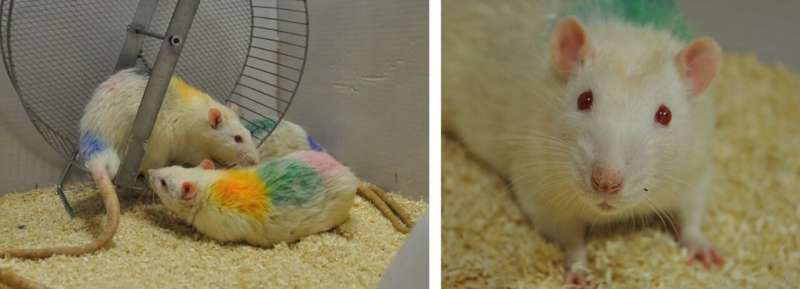Researchers at ELTE Eötvös Loránd University have made a groundbreaking discovery about the social behaviors of Rattus norvegicus, commonly known as the Norway rat. Their findings not only challenge preconceived notions about rat social dynamics but also suggest important implications for the development of psychiatric medications. This study sheds light on the remarkable similarities between rat and human biology, highlighting the significance of these small rodents in advancing our understanding of human mental health. Norway rats and human biology.

Unveiling the Intricate Social Lives of Rats
The social behaviors of Norway rats, once thought to be relatively straightforward, have been found to be far more complex than previously believed. Researchers at ELTE Eötvös Loránd University have conducted a pioneering study, published in the journal Scientific Reports, that challenges our understanding of rat social structures.
The researchers meticulously tracked the movements and interactions of color-coded rats for an astounding eight months, observing their behavior 24 hours a day. What they discovered was a rich tapestry of dominance patterns, hierarchies, and coexistence that defied simplistic assumptions. In some cases, hierarchies stabilized only after numerous conflicts, while in others, peaceful cohabitation prevailed. These dynamics were significantly influenced by the composition and reorganization of the rat groups, showcasing the profound impact of the social environment on behavior.
Implications for Human Psychiatry: Bridging the Gap
The findings from this study hold profound implications for the field of human psychiatry. Rats, it turns out, share a remarkable genetic similarity with humans, with nearly 90% of their genes exhibiting significant similarities. This remarkable biological connection underscores the value of using rats as model organisms in the development of psychiatric medications.
However, the researchers caution that the complex social dynamics observed in rats pose a challenge to the way we interpret the results of standard personality and social tests commonly used in drug or behavioral research. The study revealed a surprising lack of correlation between these standardized tests and the actual behavior observed within the real rat groups. This suggests that the social lives and socialization of rats are far more nuanced than can be captured by simplistic mechanisms, a realization that must be carefully considered when translating findings to human psychiatric treatments.
Embracing the Complexity: Toward More Effective Psychiatric Interventions
The findings from this groundbreaking study underscore the importance of adopting a more holistic and comprehensive approach to understanding the social and behavioral complexities of model organisms like rats. By acknowledging the profound impact of the social environment on behavior, researchers can gain valuable insights that could inform the development of more effective psychiatric medications and interventions.
The researchers at ELTE Eötvös Loránd University are optimistic about the potential of this research to bridge the gap between animal studies and human psychiatry. With their meticulous data collection, innovative software solutions, and a commitment to the welfare of the animals involved, they have set a new standard for the field. As we continue to deepen our understanding of the complex social lives of rats, we may uncover meaningful parallels that can reshape the way we approach mental health challenges in humans, leading to more personalized and effective treatments.
